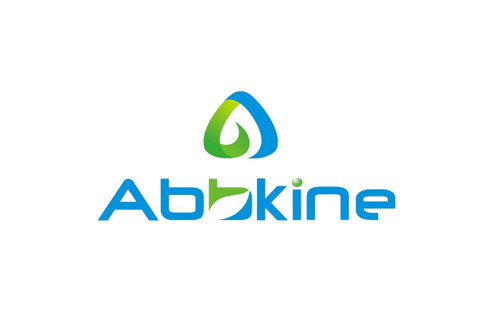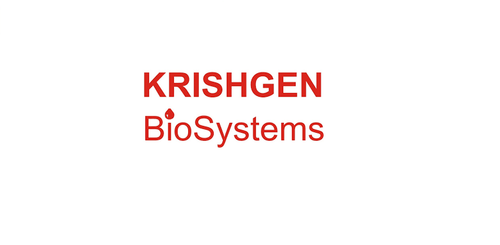Product Description
Mouse Pituitary homeobox 2 (PITX2) ELISA Kit | AE27319MO | Abebio
Species Reactivity: Mouse (Mus musculus)
Abbreviation: PITX2
Alternative Name: ARP1; Brx1; IDG2; IGDS; IGDS2; IHG2; IRID2; MGC111022; MGC20144; Otlx2; PTX2; RGS; RIEG; RIEG1; RS; OTTHUMP00000163736|all1-responsive gene 1|paired-like homeodomain transcription factor 2|pituitary
Application: ELISA
Range: 23.44-1500 pg/mL
Sensitivity: 5.8 pg/mL
Intra-Assay: ≤4.5%
Inter-Assay: ≤7.7%
Recovery: 0, 99
Sample Type: Serum, Plasma, Other biological fluids
Detection Method: Sandwich
Analysis Method : Quantitive
Test Principale: This assay employs a two-site sandwich ELISA to quantitate PITX2 in samples. An antibody specific for PITX2 has been pre-coated onto a microplate. Standards and samples are pipetted into the wells and anyPITX2 present is bound by the immobilized antibody. After removing any unbound substances, a biotin-conjugated antibody specific for PITX2 is added to the wells. After washing, Streptavidin conjugated Horseradish Peroxidase (HRP) is added to the wells. Following a wash to remove any unbound avidin-enzyme reagent, a substrate solution is added to the wells and color develops in proportion to the amount of PITX2 bound in the initial step. The color development is stopped and the intensity of the color is measured.
Product Overview: PITX2 encodes a member of the RIEG/PITX homeobox family, which is in the bicoid class of homeodomain proteins. This protein acts as a transcription factor and regulates procollagen lysyl hydroxylase gene expression. Mutations in this gene are associated with Axenfeld-Rieger syndrome (ARS), iridogoniodysgenesis syndrome (IGDS), and sporadic cases of Peters anomaly. This protein plays a role in the terminal differentiation of somatotroph and lactotroph cell phenotypes. This protein is involved in the development of the eye, tooth and abdominal organs. This protein acts as a transcriptional regulator involved in basal and hormone-regulated activity of prolactin. A similar protein in other vertebrates is involved in the determination of left-right asymmetry during development.
Stability: The stability of ELISA kit is determined by the loss rate of activity. The loss rate of this kit is less than 5% within the expiration date under appropriate storage condition. The loss rate was determined by accelerated thermal degradation test. Keep the kit at 37°C for 4 and 7 days, and compare O.D.values of the kit kept at 37°C with that of at recommended temperature. (referring from China Biological Products Standard, which was calculated by the Arrhenius equation. For ELISA kit, 4 days storage at 37°C can be considered as 6 months at 2 - 8°C, which means 7 days at 37°C equaling 12 months at 2 - 8°C) .
 Euro
Euro
 USD
USD
 British Pound
British Pound
 NULL
NULL








